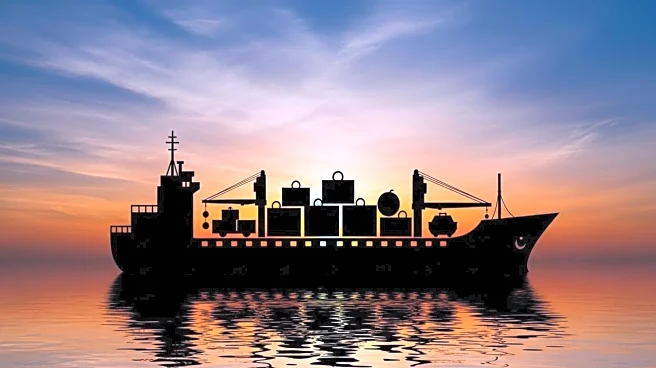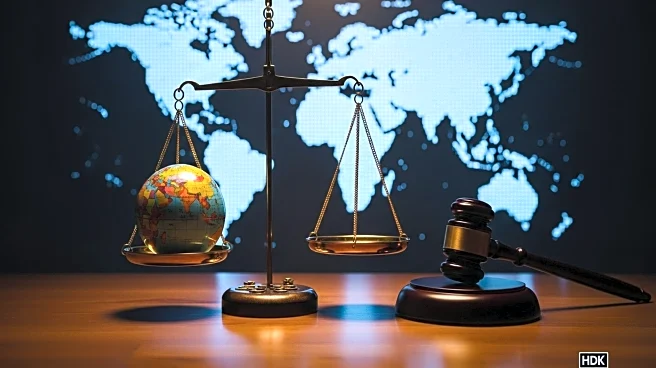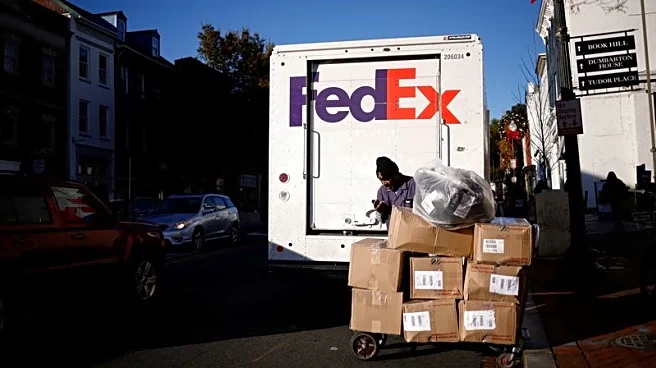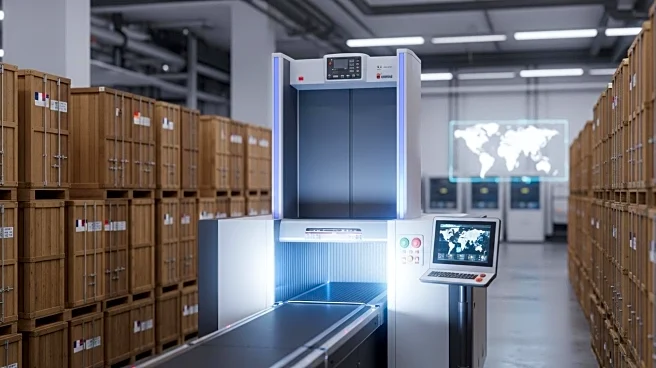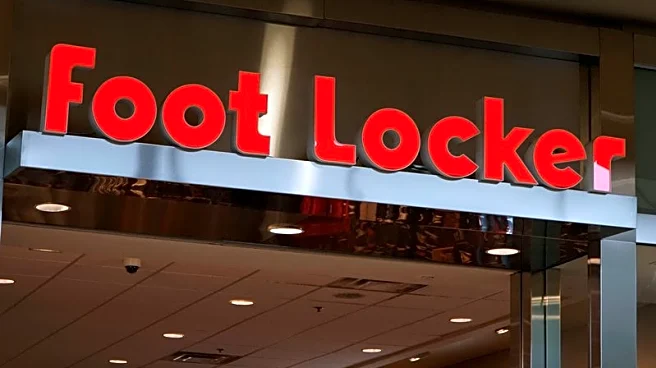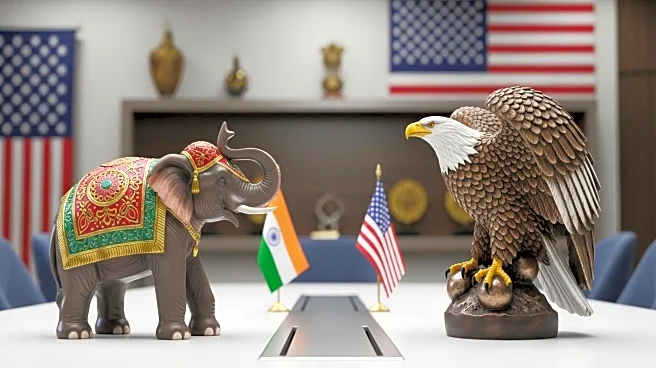What's Happening?
President Trump has enacted an Executive Order modifying reciprocal tariffs, effective August 7, 2025, impacting importers with increased tariffs ranging from 10% to over 40%. The order includes a narrowly defined in-transit exception for shipments loaded before August 7th and entering the U.S. by October 5th. However, goods transshipped or transferred to different vessels post-departure are subject to full tariffs. The U.S. Customs and Border Protection (CBP) is authorized to impose additional tariffs on goods suspected of illegal transshipping to falsify the country of origin. This raises compliance risks for shippers and cargo owners relying on multi-leg vessel routing.
Why It's Important?
The new tariff regime significantly affects U.S. import supply chains, increasing costs and compliance burdens. Importers face heightened risks of penalties and enforcement actions if found circumventing tariffs through illegal transshipping. The changes necessitate rigorous validation processes for country of origin declarations and strategic management of logistics to avoid disruptions. The broader impact includes potential shifts in sourcing strategies and increased scrutiny on shipping practices, affecting the competitiveness and operational efficiency of U.S. businesses involved in global trade.
What's Next?
Importers must adapt to the intensified CBP scrutiny by maintaining accurate records and compliance with tariff regulations. Strategic recommendations include managing inland movements, validating country of origin, and collaborating with logistics providers to ensure compliance. The industry must closely monitor regulatory changes and enforcement policies to align sourcing and pricing strategies with efficient supply chain management. The reciprocal tariff regime's impact will continue to unfold, requiring ongoing adjustments by all supply chain participants.

